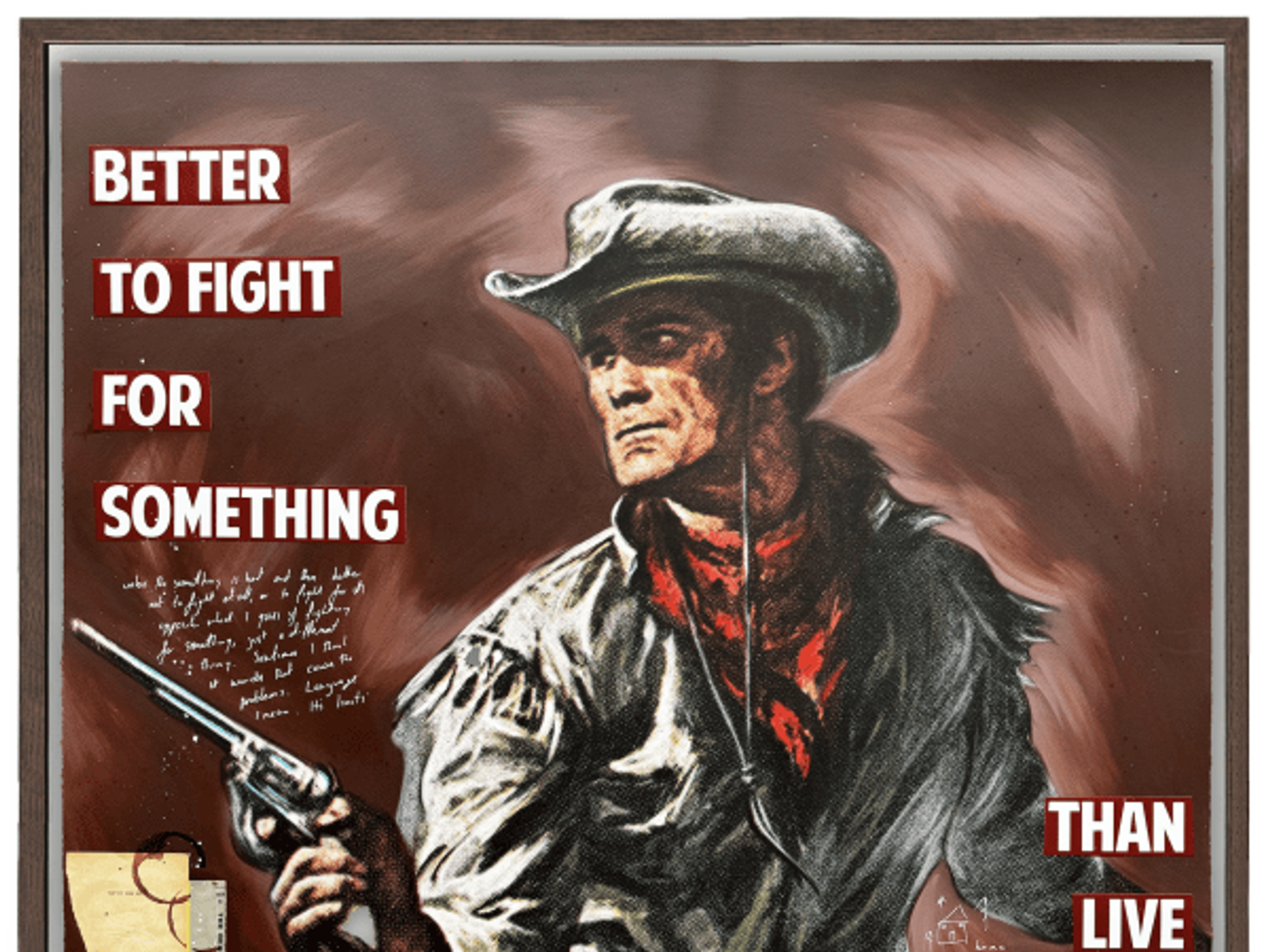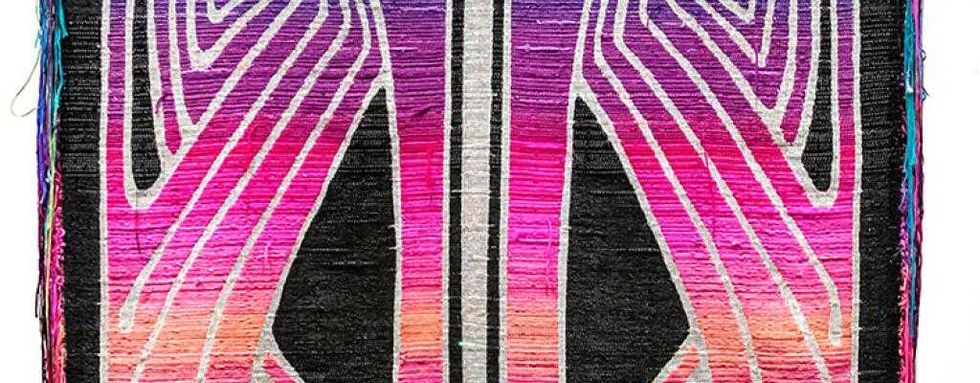Code Imitates Life
Landmarks to unveil new Casey Reas installation on UT campus
Why do we need public art, you ask? One reason, as this book aptly notes, is no language on Earth has ever produced the expression, "As pretty as an institutional construction project."
While not every state institute of higher learning is brutalized by gray-brown rectangular architecture, Landmarks, the UT public art initiative directed by Andrée Bober, works to provide students, professors and staff an environment that’s as stimulating visually as it is intellectually.
“It’s like a museum,” Bober says of Landmarks, “but the art is exhibited throughout the main campus so everyone can enjoy it 24/7, free of charge.” We gave you the basics of Landmarks a couple of years ago, so we won’t spend too much time retelling the history. For the future, however, we reached out to software artist Casey Reas to tell us about his inspiration, his path to aesthetic computing and his new piece set to be unveiled on Friday, October 10 at the Gates Dell Complex.
How code imitates life
While Reas has always primarily been an artist, finding his voice in the medium of generative software required some hard-won technical skill. “My direction in emergence, automation, systems and data with a focus on motion, change and growth require working in code,” Reas told CultureMap. “Image making is the most natural action for me and working code took years before it became fluid.”
Emergence is an important concept and one that can be difficult to understand. It is a phenomenon whereby interactions among small-scale entities within a system produce novel patterns at a larger scale. Much of Reas’s work comes about by similar circumstances, in that he designs a batch of prerogatives and lets loose with millions of bits of data into the system. The results are gorgeous in various ways, as is evident in his 10 PRINT CHR$(205.5+RND(1)); : GOTO 10 and his canonical Process Compendium.
Inside the data, looking out
A Mathematical Theory of Communication, the piece Reas has created for the Landmarks collection, takes its title from a groundbreaking article by mathematician Claude E. Shannon. Here’s Reas on his inspiration:
For the installation, an image is analyzed by looking at the color data for each pixel; the color data is used to position a line in space. Each wall of the installation is one of an infinite number of perspectives of looking at a single image. The experiencing of the installation is to be within the data, to be caught in the middle of a transition from one state to another.
Reas is in esteemed company at the GDC, sharing exhibit space with renowned conceptualist Sol LeWitt. Much of LeWitt’s work is delivered as sets of instructions, “programs” written in human language, for teams of people to generate in a similar fashion to the way computers generate images from Reas’s aesthetic code.
It’s very possible that you’ve never seen a slice of infinity quite the way Reas serves them up, so come meet the artist at Friday’s reception and bear witness to snapshots of wildly iterated data. A public Q&A begins the night, after which cocktails and hors d’oeuvres will be served.
-----
A Mathematical Theory of Communication has its opening reception beginning at 5:30 pm on October 10, at the Gates Dell Complex (GDC) on the East Mall of the UT campus.


